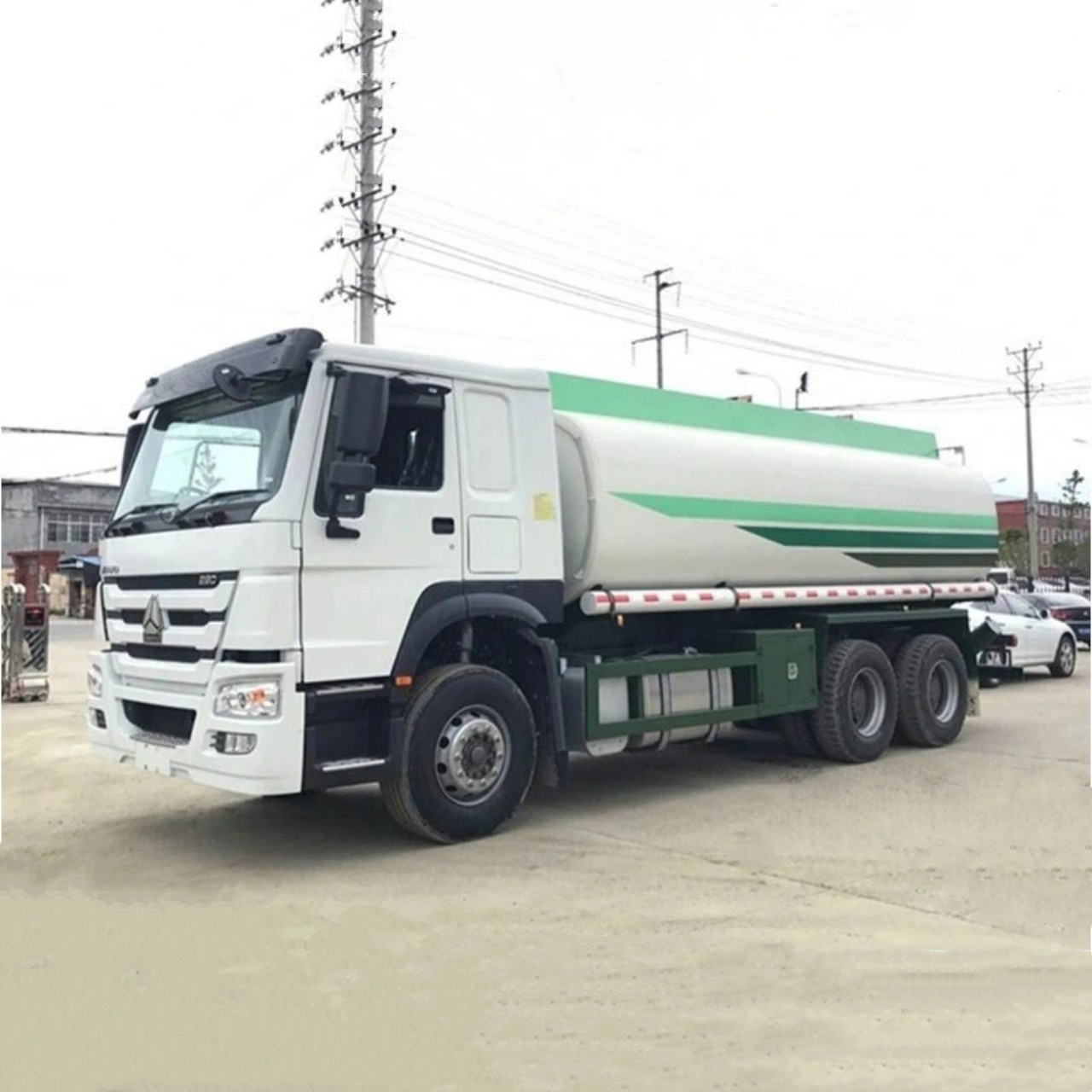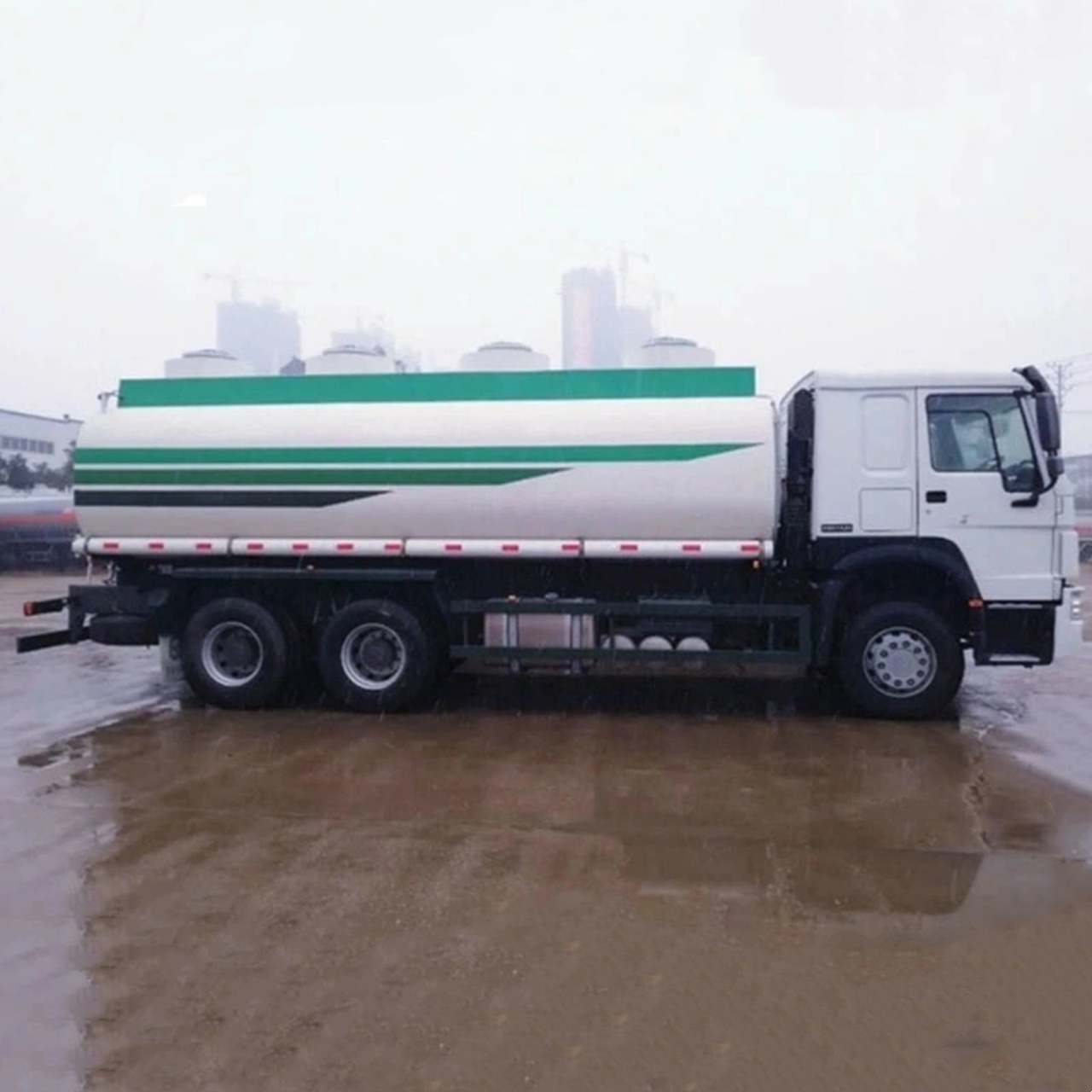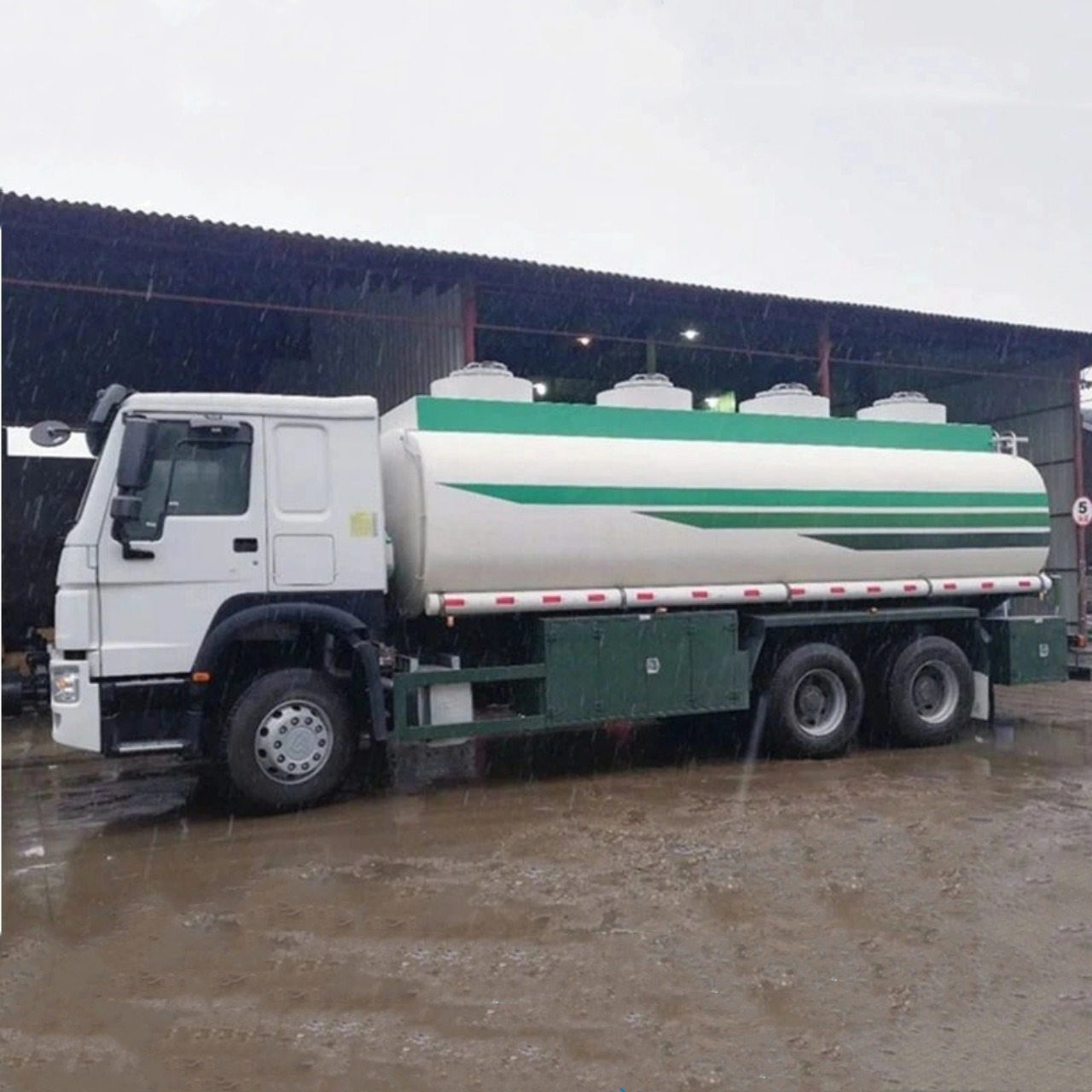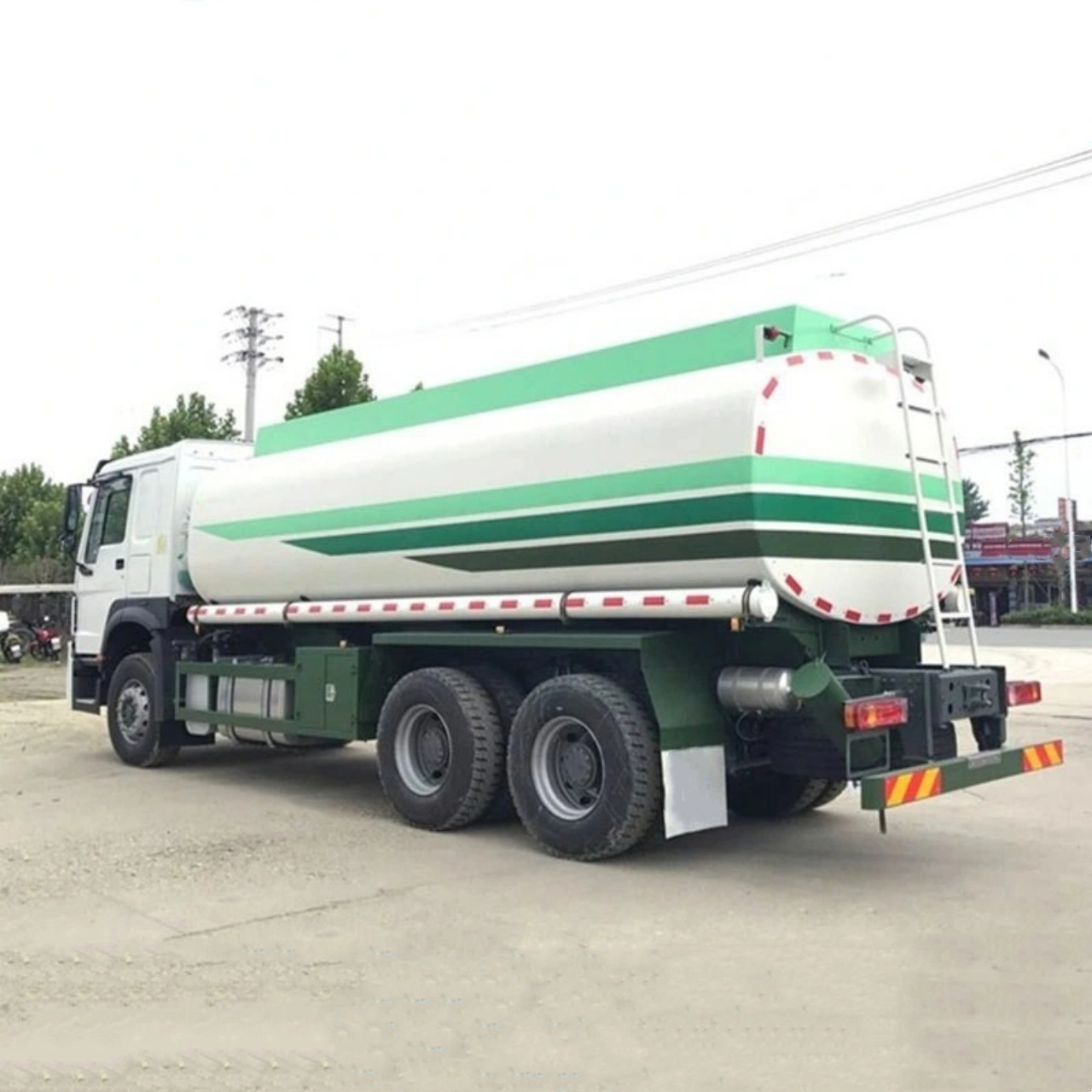Chemical tanker trucks play a crucial role in modern industry, transportation, and everyday life. They are specialized vehicles designed to safely transport a wide range of chemicals across short and long distances. From industrial acids to household cleaning products, these trucks make it possible to move dangerous or delicate substances with precision and safety. But what exactly do chemical tanker trucks carry? Let’s explore their cargo, the types of tanks used, the precautions taken, and the industries that depend on them.
Understanding Chemical Tanker Trucks
Chemical tanker trucks are purpose-built for transporting liquid chemicals in bulk. These trucks are engineered with special materials and safety features to handle hazardous and non-hazardous substances. The tank is typically made of stainless steel, aluminum, or specially lined carbon steel, depending on the chemical’s compatibility. In many cases, the inner lining is critical to preventing corrosion or chemical reactions that could damage the tank or compromise the cargo.
Tanker trucks can be classified as single-compartment or multi-compartment. Single-compartment tanks are usually used when transporting large volumes of a single chemical, while multi-compartment tanks allow for the transport of different chemicals simultaneously, provided they are compatible and don’t pose a risk when transported together.

Common Chemicals Transported
Chemical tanker trucks carry a wide range of substances, which can be broadly categorized into hazardous and non-hazardous chemicals.
1. Acids and Alkalies
Acids and alkalis are among the most commonly transported chemicals. These include:
- Sulfuric Acid: Used in fertilizer production, batteries, and chemical manufacturing.
- Hydrochloric Acid: Widely used in cleaning agents, pH regulation, and water treatment.
- Nitric Acid: Essential for producing fertilizers and explosives.
- Sodium Hydroxide (Caustic Soda): A key ingredient in soap production, textiles, and paper manufacturing.
Due to their corrosive nature, these chemicals require specialized tanker linings, such as rubber-lined or plastic-lined interiors, and precise handling procedures.
2. Solvents and Hydrocarbons
Solvents are organic chemicals often used in industrial and commercial applications. Common solvents include:
- Acetone: Used in pharmaceuticals, cosmetics, and plastics manufacturing.
- Toluene and Xylene: Utilized in paint thinners, adhesives, and chemical synthesis.
- Ethanol and Methanol: Used in fuel, disinfectants, and as industrial solvents.
These flammable chemicals require explosion-proof fittings and vapor recovery systems to ensure safety during transport.
3. Food-Grade Chemicals
Not all chemicals are hazardous. Many food-grade chemicals are transported by chemical tanker trucks under strict hygiene standards. These include:
- Citric Acid: A common food preservative and flavoring agent.
- Lactic Acid: Used in food production and cosmetics.
- Glucose Solutions and Vegetable Oils: Frequently used in the food and pharmaceutical industries.
Food-grade tanker trucks are cleaned and sanitized meticulously to prevent contamination and ensure safety.
4. Specialty Chemicals
These are chemicals used in niche applications, such as:
- Surfactants: Used in detergents and cleaning products.
- Additives and Dyes: For plastic manufacturing, paints, or textiles.
- Adhesives and Resins: Used in construction, packaging, and automotive sectors.
Transporting specialty chemicals often involves tight regulations and temperature control systems.
5. Water Treatment Chemicals
Chemical tankers also carry substances critical to municipal and industrial water treatment, such as:
- Chlorine Solutions
- Sodium Hypochlorite (Bleach)
- Alum and Ferric Chloride
These chemicals help maintain safe drinking water and are vital in waste treatment processes.

Safety and Regulatory Compliance
Transporting chemicals, especially hazardous ones, involves significant safety considerations. Chemical tanker trucks must comply with strict local and international regulations, such as:
- DOT (Department of Transportation) Regulations in the U.S.
- ADR (Accord européen relatif au transport international des marchandises Dangereuses par Route) in Europe.
- GHS (Globally Harmonized System) labeling requirements.
Drivers of chemical tanker trucks need special endorsements (like the HAZMAT endorsement in the U.S.) and undergo rigorous training to ensure they can handle emergencies such as leaks or spills.
Trucks are often equipped with:
- Pressure relief valves
- Emergency shut-off systems
- Spill containment kits
- Insulation or heating systems for temperature-sensitive cargo
Furthermore, chemical identification labels and placards are prominently displayed to inform first responders and the public in case of accidents.
Tanker Materials and Compatibility
Choosing the right tanker material is essential for chemical compatibility. A mismatch can lead to chemical reactions, contamination, or even explosions. Here are some examples:
- Stainless Steel: Highly resistant to corrosion and suitable for a wide range of chemicals.
- Rubber-Lined Steel: Ideal for very corrosive acids like hydrochloric or hydrofluoric acid.
- Aluminum: Lightweight and used for transporting non-corrosive chemicals like some hydrocarbons.
- Fiberglass Reinforced Plastic (FRP): Common in tankers for strong acids and certain alkalis.
Before any chemical is loaded, compatibility charts are consulted to ensure safe containment.

Industries That Rely on Chemical Tanker Trucks
Chemical tanker trucks are vital to multiple industries, including:
- Agriculture: Transporting fertilizers, pesticides, and soil conditioners.
- Pharmaceuticals: Delivering solvents, active ingredients, and food-grade chemicals.
- Manufacturing: Supplying chemicals used in plastics, textiles, electronics, and automotive production.
- Energy Sector: Moving drilling fluids, additives, and fuel-related chemicals.
- Municipal Utilities: Supplying chemicals for water treatment and sanitation.
Without these vehicles, many sectors would grind to a halt, underscoring their importance in maintaining modern infrastructure and production.
Conclusion
Chemical tanker trucks are the backbone of chemical logistics. They transport everything from the corrosive acids used in industrial processes to the harmless additives in our food. Each chemical presents unique challenges in terms of safety, storage, and transport. That’s why these trucks are engineered with precision, and operators are held to high standards.
Understanding what chemical tanker trucks carry reveals just how interconnected our daily lives are with the chemical supply chain. The next time you see one on the road, you’ll know it could be carrying anything from life-saving water treatment chemicals to the ingredients in your morning cereal—safely and efficiently, thanks to thoughtful engineering and strict regulation.


